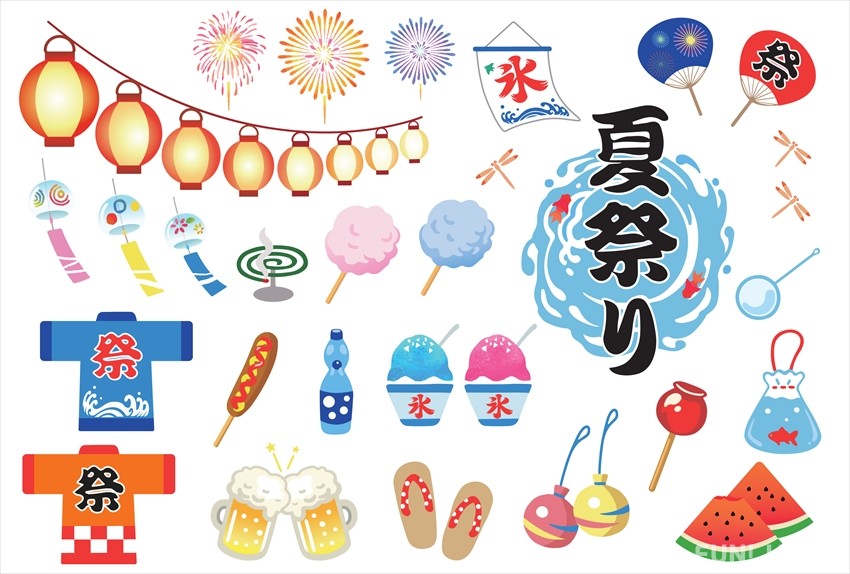
Japan is a country with four seasons, spring, summer, autumn and winter. There is a word in Japanese called "Fubutsushi" (風物詩). It means "things that represents the season, or something that makes you feel the season." - think of it as seasonal traditions like things to eat, scenery to see, customs, and so on during that season in Japan.
Even if you can't go to Japan, you can still enjoy a taste of Japan in your own country by using these Fubutsushi. This time, we will thoroughly explain summer in Japan and the traditions that symbolize summer!
Japanese Summer Traditions: Nature
Japanese summer flowers: morning glory, loofah, sunflower, etc.
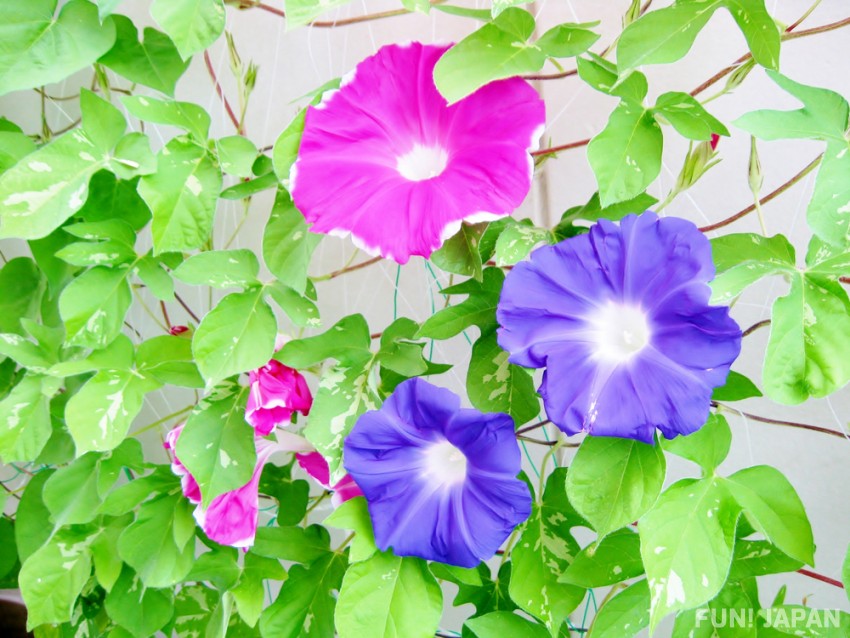
Plum and cherry blossoms are famous in spring, but there are many flowers that bloom in summer. There are flowers that bloom only for a short period of time, and there are flowers that bloom for a long time, even beyond the summer like until September to November, so when you come to Japan, be sure to check out what kind of flowers are blooming on the roadsides and tourist spots.
Morning glories are representative of summer flowers. From July to September, these flowers are often seen in gardens and street corners in residential areas, and they remind us of summer in Japan. Morning glories had two booms during the Edo period. Initially, the flower was loved by samurai warriors and some wealthy merchants, but eventually spread to the general public. You can find them everywhere nowadays.
Loofah, which is said to have been brought over from China in the Muromachi period, is quite common as food, but its yellow flowers bloom in summer. This is also one of the flowers that announces the coming of summer.
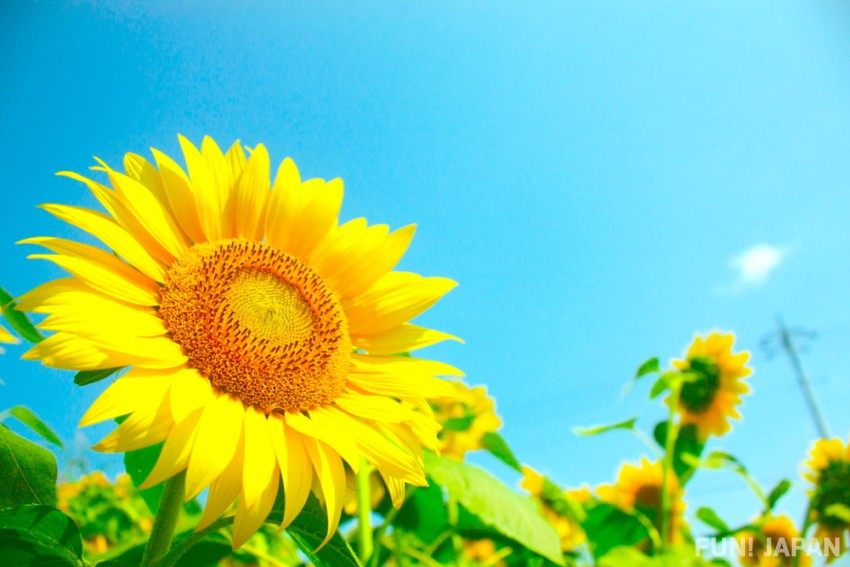
Speaking of summer scenery, it has to be the sunflowers with large flowers that look like the sun! During the season, you can enjoy sunflowers blooming all at once facing in the same direction in sunflower fields all over the country. Himawari no Sato in Hokuryu, Hokkaido, and the Kominato Railway, in which the train runs through a field of sunflowers, are particularly popular spots.
In addition, the hydrangea that blooms during the rainy season in June, and the lavender and lotus flowers that bloom in July are also famous. Click here for details!
Japanese summer insects: mosquitoes, beetles, fireflies, cicadas, etc.

Summer is the season when insects are most active.
When it comes to summer in Japan, the first thing that comes to mind is mosquitoes and cicadas. In particular, there is an item called "mosquito coil" that is made by punching an insecticidal ingredient into a spiral shape and drying it as a mosquito repellent measure. When this mosquito-repellent incense is lit, the heat causes the insecticidal ingredients to float in the air, killing nearby mosquitoes. As for cicadas in Japan, there are various types, such as "Minminzemi" (ミンミンゼミ - robust cicada) and "Higurashi" (ひぐらし - evening cicada), all of which have different sounds, so the more you learn about them, the more interesting they become!
In insect catching, "rhinoceros beetle" (カブトムシ / Kabutomushi) and "stag beetle" (クワガタ / Kuwagata) are popular among children. Also, although it is earlier than summer, fireflies that appear along the beautiful riverside from late May to late June are also famous as insects that signal the beginning of summer.
Natural phenomena: rainy season, cicada drizzle, road mirage, evening shower
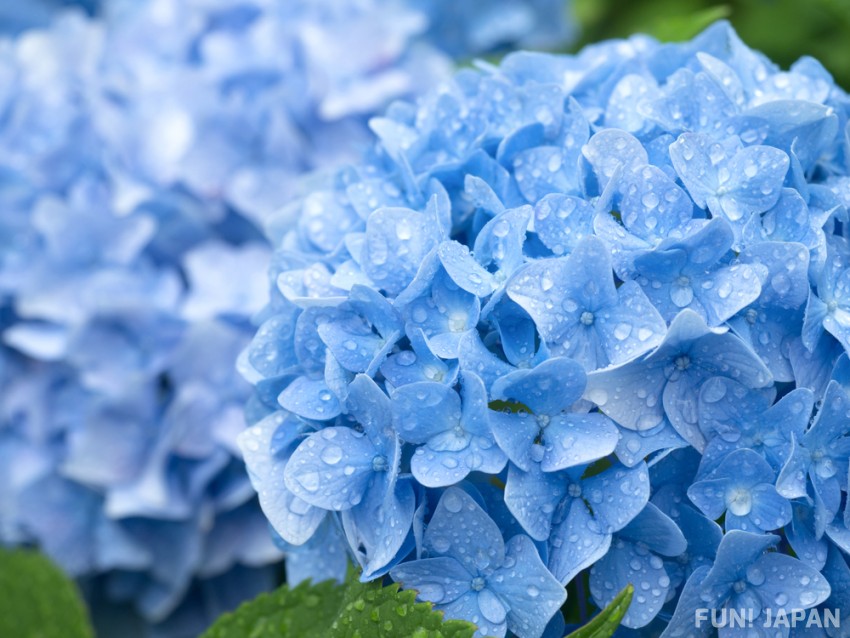
The natural phenomenon that occurs in the summer is also one of the summer Fubutsushi.
The rainy season (梅雨 / tsuyu), which is around June in Japan, is one of them. According to the Japan Meteorological Agency, tsuyu is "a seasonal phenomenon in which many rainy and cloudy days appear during the transition from spring to midsummer", but it is also commonly used to refer to that period as well.
Some people may ask, "Is tsuyu different from the rainy season (雨季 / uki)?" However, Japan does not have a dry season, and the term "tsuyu" refers to the rain that falls due to the seasonal rain front brought by seasonal winds - so this period is called tsuyu rather than uki.
Another common sight in summer is the cicada drizzle (蝉時雨 / semi-shigure). This does not refer to the type of rain, but to the phenomenon in which the cicadas all sing together and sound like the sound of rain.
In addition, there is a phenomenon known as "road mirage" (逃げ水 / nigemizu - runsway water) that makes it look like there is water in the distance on extremely hot days with no wind or on asphalt roads under the scorching sun. And there are more like showers that fall from the afternoon to the evening called "yudachi" (夕立ち - evening shower).
Japanese Summer Traditions: Summer Fashion
Clothes to wear in summer: Yukata
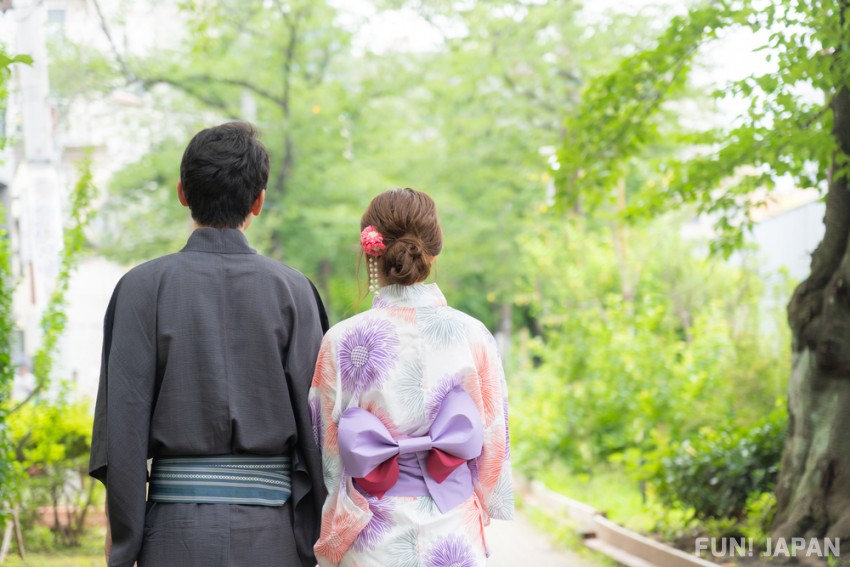
In Japan, yukata is what you wear to fireworks festivals and summer festivals. A yukata is a type of kimono worn in summer, which is easier to wear than a kimono, and is lighter and cooler.
- Click here for the difference between yukata and kimono.
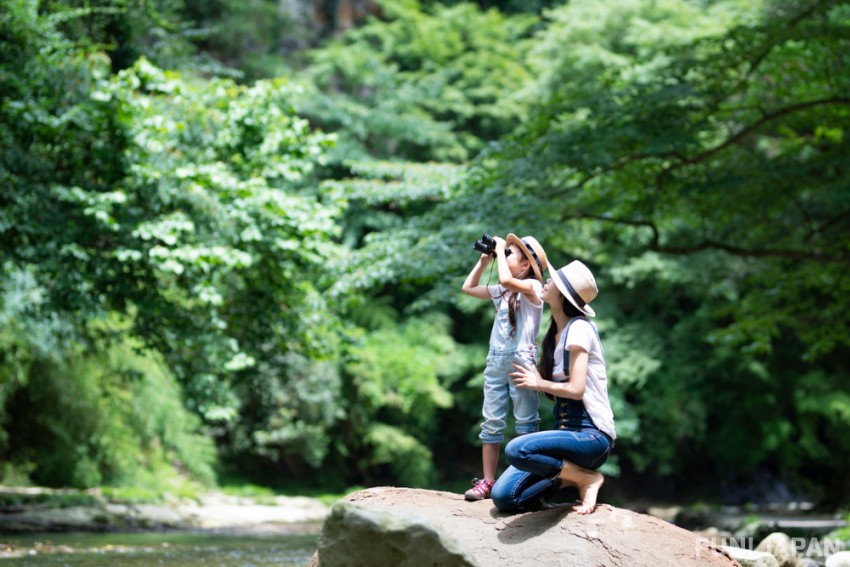
A straw hat is a must-have fashion item for summer in Japan. The reason, of course, is that it protects the entire face from the sun. From wide-brimmed straw hats used for agricultural work in the fields, to fashionable straw hats in urban areas and commercial facilities, you will likely come across various types of hats during your trip to Japan.
- Click here for recommended summer fashion
Japanese Summer Traditions: Summer Events and Activities
Summer events and activities: River rafting, cormorant fishing, kawadoko, nagashi somen noodles, beer garden, etc.
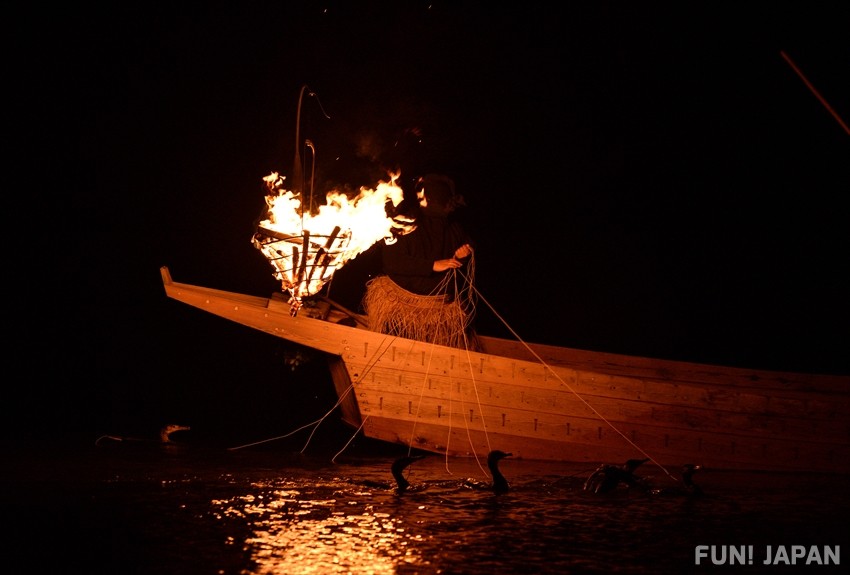
Summer in Japan continues to be extremely hot. For this reason, Japanese people have traditionally held various activities and events in the summer so that they can stay cool and have fun through summertime.
River rafting (川下り / Kawakudari) is a particularly recommended activity in Japan in the summer. Japan has many rivers with good water quality, including the Shimanto River, which is one of Japan's three major clear streams. There is also a cruise where you can observe the traditional river fish fishing method called cormorant fishing (鵜飼 / Ukai)! The Uji River Cormorant Fishing is the famous one.
Also, the beer garden is recommended for alcoholic drinkers! This is a spot where you can enjoy snacks such as beer, green soybeans, and potatoes at outdoor facilities and restaurant terraces in the summer. Oktoberfest in Germany is held in the fall, but in Japan beer gardens and beer-related events are often held in the summer instead.
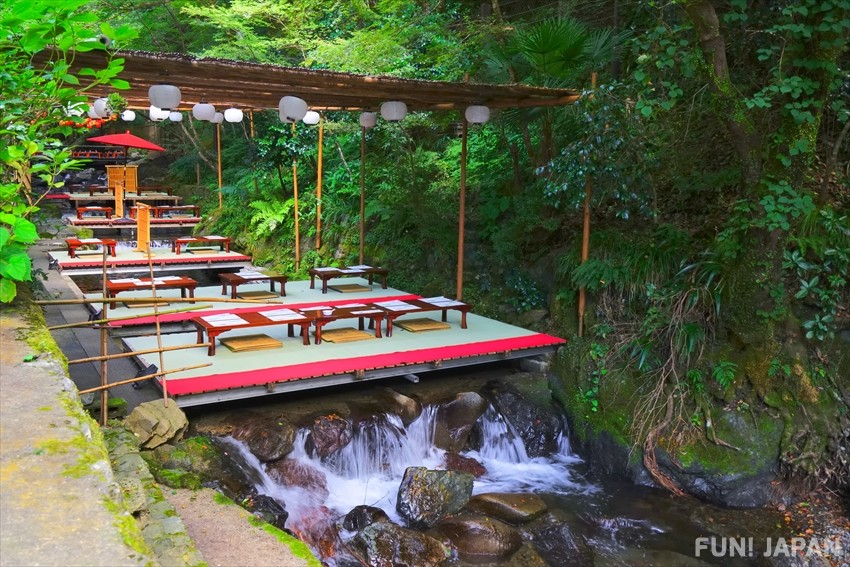
Kyoto's Kawadoko or Kawayuka (川床) is also recommended for a unique and cool meal that can only be enjoyed in Japanese summer. You can eat while listening to the murmuring of the river, so it's definitely cool, literally and physically!

Nagashi Somen is another activity that you should try if you are traveling to Japan in the summer. Somen that flows with water in a pipe made of bamboo is picked up with chopsticks and eaten. Delicious and fun at the same time! It is an activity that symbolizes summer in Japan.
Summer Events/Activities: Tanabata and Tanzaku Decoration
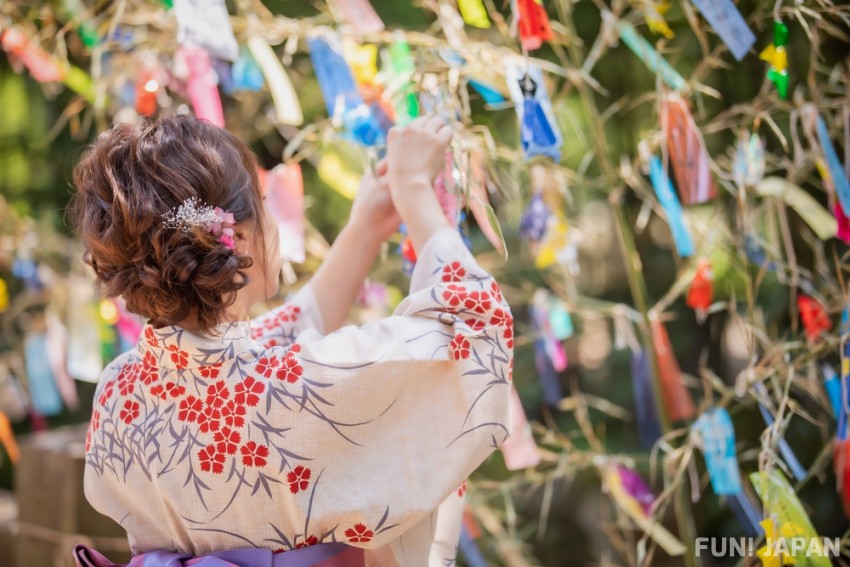
Tanabata (七夕) on July 7th is read as 'tanabata'. "七" is the Chinese numeral for 7 (read as Nana/Shichi), and "夕" is often read as "Yu", but the word "七夕" is read as "Tanabata"... Ever wonder why?
In fact, 'Orihime' who appears in the Tanabata legend is called 'Tanabatatsume' (棚機津女) in old books, and it is said that the reading of words '七夕' as 'Tanabata' comes from the legend of Tanabatatsume. In July, Tanabata festivals are held all over Japan, and you can see Tanabata decorations everywhere. You write your wishes on strips of paper and hang them on bamboo branches, and there are events where you can participate in making these strips of paper called 'Tanzaku' (短冊), so if you are interested, it is recommended to check out the Tanabata events in the city you plan to stay.
Summer Events/Activities: Obon Festival/Bon Odori

“Obon” is a series of events held in summer to welcome and hold memorial services for ancestors. Depending on the region, the season for Obon is either July or August, but in general, many companies take their Obon holidays in August, and schools also have summer vacations on this time of the year as well, so many families go to their parents home. Mukaebi is held on the 13th (迎え火 - Mukaebi is lit as a guiding light for the ancestors to return home without getting lost), people visit graves during the Obon period, and on the 15th or 16th, Okuribi (送り火 - the event to send off the spirits of ancestors who spent time together in human world during Obon back to their afterworld) is held. Events such as "Bon Odori" are held in various places during the Obon period.
Summer Events/Activities: Summer Festivals and Fireworks Displays

Fireworks displays and summer festivals are the most famous summer events! Both are held all over the country, so we can't list them all without making the article too long, but the Sumida River Fireworks Festival, which is famous as the oldest fireworks festival in Japan, and Japan's Top Three Fireworks Festivals, such as the National Fireworks Competition (Omagari Fireworks) are vey well known.
Festival stalls are one of the pleasures of fireworks displays and festivals. Food stalls selling yakisoba, takoyaki, and shaved ice, shops selling masks and character balloons will appear, and you can enjoy various games at the stalls such as goldfish scooping and shooting games.
By the way, you may see Japanese people shouting "Tamaya" or "Kagiya" at fireworks displays - these shouts are a custom from the old days.
Click here for details
Summer Events/Activities: Haunted house, test of courage, ghost stories

In Japanese, there are phrases such as "It's so scary that it makes my spine freeze" and "Blast the heat away with ghost stories." At a time when there were no air conditioners or fans, the Japanese would cool off by getting a cold sweat from scary stories.
Even now, the custom remains as a summer tradition, and haunted houses at places such as amusement parks, tests of courage at haunted spots or summer camp in schools, telling ghost stories around candlelight, etc. are still popular summer activities! Summer in Japan is paradise for those who love scary things!
Summer Traditions in Japan: Items unique to summer
Unique summer items: wind chimes and mosquito coils

If you want to enjoy summer in Japan, enjoying it with all five senses is also the best.
If you want to enjoy the sound, listen to the wind chimes that are hung from the eaves of Japanese houses and make a cool sound when the wind blows. Glass wind chimes, which are often seen in souvenir shops in the modern days, became popular around the Edo period as the production method was introduced via Holland, and as glass crafts became popular, making the glass wind chimes become mainstream ever since.
Also, in the summer, there may be many opportunities to smell the scent of mosquito coils. The spiral shape of the mosquito coil is unique, but the container is also unique as well.
Why was the pig form of container adopted? There are various theories about this, one being that a wild boar that resembled the pig container was originally worshiped as a god of fire prevention, while another says that a large sake bottle (Tokkuri) was used at the time, but its shape when lying down sideway with legs was similar to that of a pig.
Unique summer items: fans, folding fans, cooling sprays, etc.
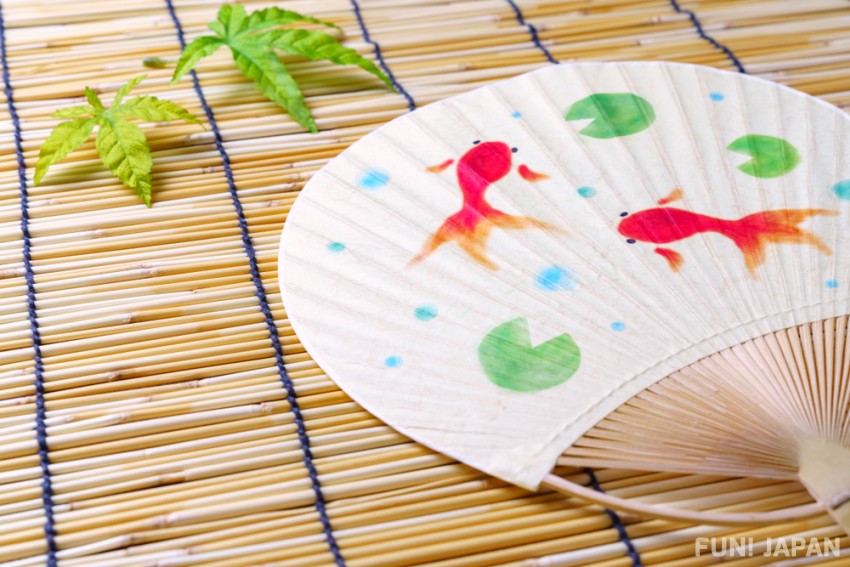
Another must-have tool for cooling off in the summer is the uchiwa (団扇 - long-handle fan). Similarly, there is a fan that can be folded (扇子 / sensu) and has a more luxurious feel. Cooling sprays are a modern summer staple that can be easily purchased at supermarkets and convenience stores.
Unique summer items: Mosquito nets, blinds, curtains, fans

Mosquito nets are a common summer feature in Japanese anime and TV dramas. It is a mosquito net that covers the hanging bedding from the ceiling, and is rarely seen nowadays, but in the old days, in Japanese-style houses without air conditioning, many people would sleep with the windows open, so they would sleep under the mosquito net.
Other items that symbolize summer in Japan are the blinds (簾 / sudare) that you hang on the windows when the sun is strong, and of course the electric fans!
Japanese Summer Traditions: Summer Food
Summer Gourmet: Eel and Noodles
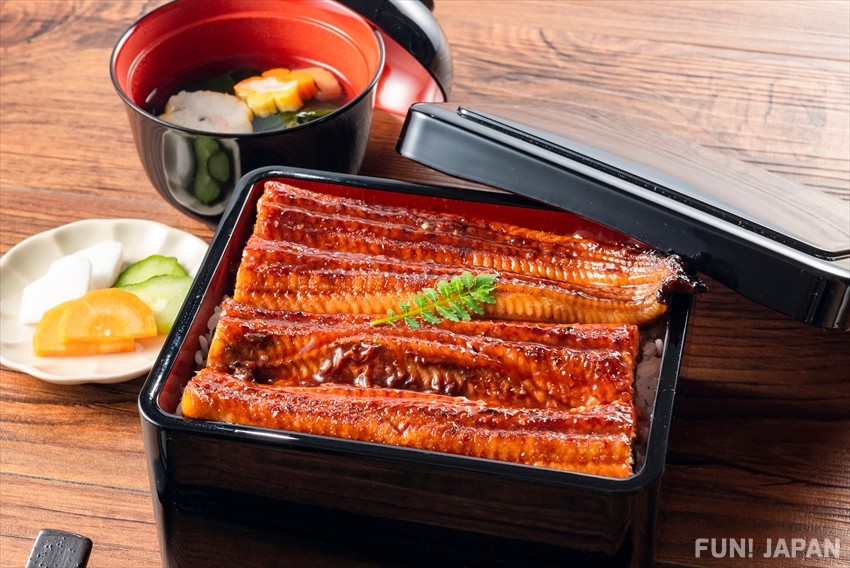
In Japan, there has long been a custom of eating eel dishes to prevent summer fatigue. Its history is so old that there is even a poem about eel in Japan's oldest collection of poems, "Manyoshu". There are many ways to eat eel, such as grilled eel with plenty of sauce on top of rice called unaju (うな重), and shirayaki (白焼き) where you can enjoy the original taste of eel without adding sauce.
In addition, there are various types of cold noodles in Japanese cuisine. Somen made from wheat flour with a diameter of 1.3 mm or less, hiyamugi with a diameter of 1.3 mm or more and less than 1.7 mm, and udon noodles with a diameter of 1.7 mm or more (1.7 mm or more even if hand-stretched). There are many types of noodles, such as soba made from buckwheat flour, with different ingredients, manufacturing methods, and thickness.
In addition, there are plenty of noodle menus and local noodle dishes such as chilled Chinese noodles (冷やし中華麺 / Hiyashi-Chugamen) with lots of tomatoes, cucumbers, thin strips of omelet, and ham on top of chilled Chinese noodles. Why not try it when you travel to Japan?
Popular Summer Gourmet: Watermelon
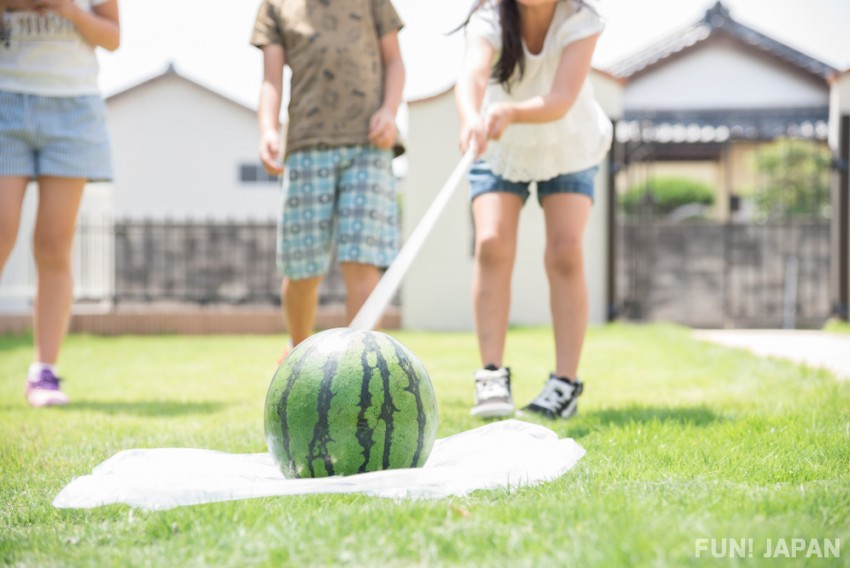
When speaking of summer snack in Japan, it has to be watermelon. In Japan, there is a culture of not only eating watermelon but also enjoying it by splitting it in an activity called watermelon splitting (スイカ割り / Suika-wari).
Summer Cold Sweets and Dessert: shaved ice, kuzumochi, tokoroten, etc.
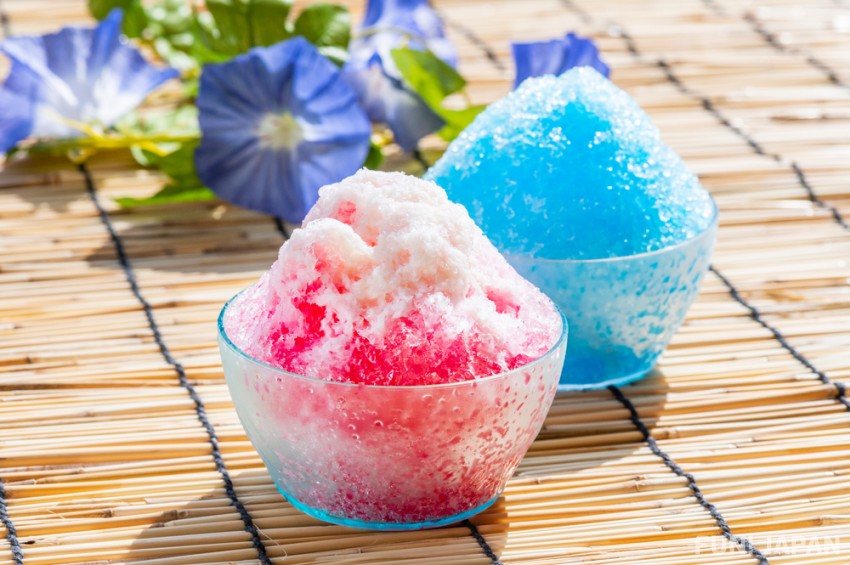
“Kakigori” (かき氷) is shaved ice that is topped with strawberries, melons, condensed milk, and other ingredients. In Japan, shaved ice has long been seen at festivals, but recently, the number of specialty stores has increased, and various evolutionary shaved ice has been created. We also recommend Japanese-style shaved ice unique to Japan, such as "Uji Kintoki" with ogura bean paste and matcha syrup! Kuzumochi and tokoroten are also items that symbolize summer in Japan.
Click here for details
Summer Drinks: Barley tea, ramune
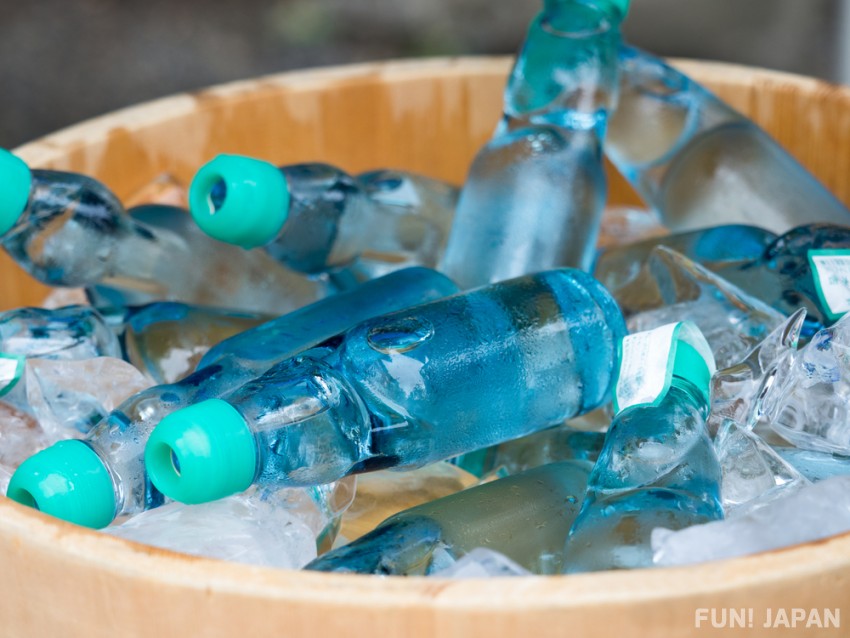
Tea is the drink that Japanese people drink on a daily basis. In particular, cold barley tea (麦茶 / Mugicha) is a drink that symbolizes summer in Japan. Don't think of it as "just tea". The ingredients in barley tea are said to prevent heatstroke, improve blood flow, and have antioxidant effects, and it is said that military commanders in the Sengoku period also drank it regularly.
Ramune, which is often sold at hot spring towns and fairs, is something that festival lovers should definitely try. Many Japanese ramune drinkers have struggled to remove the marbles inside after drinking, so why not give it a try?
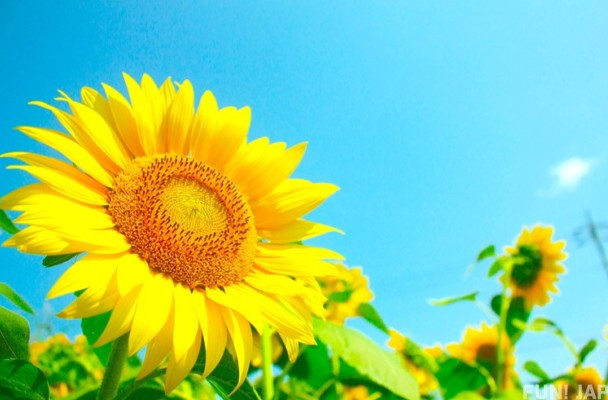
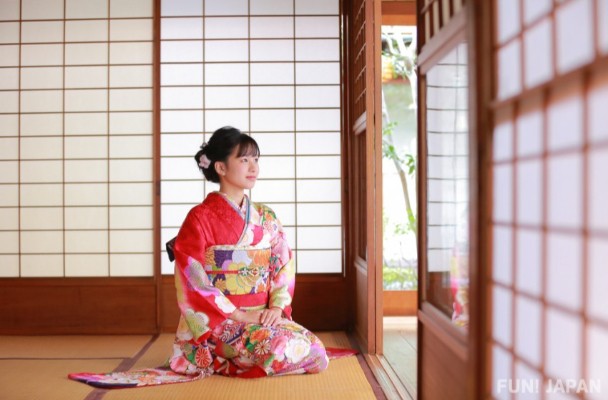
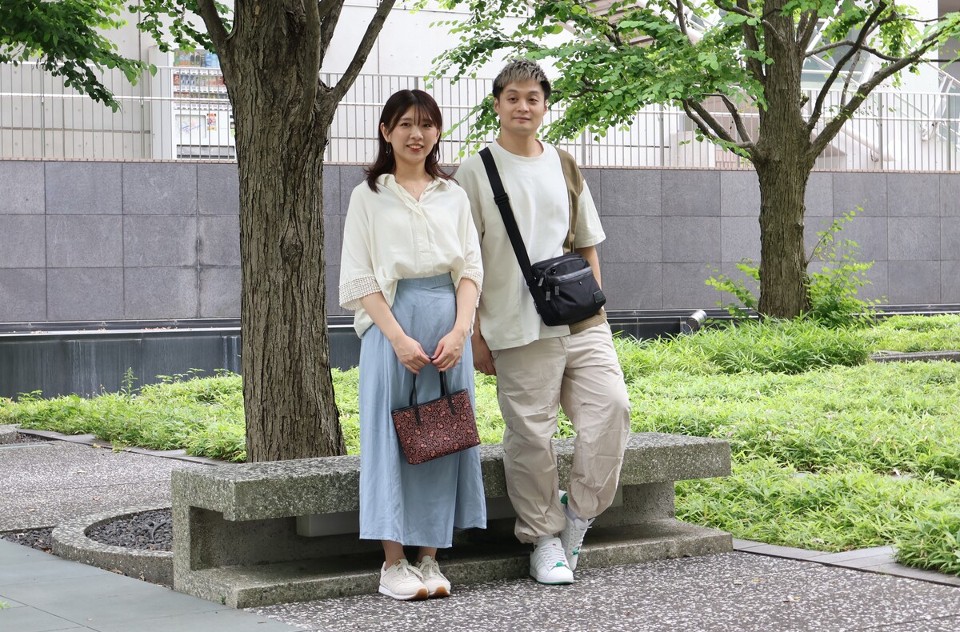


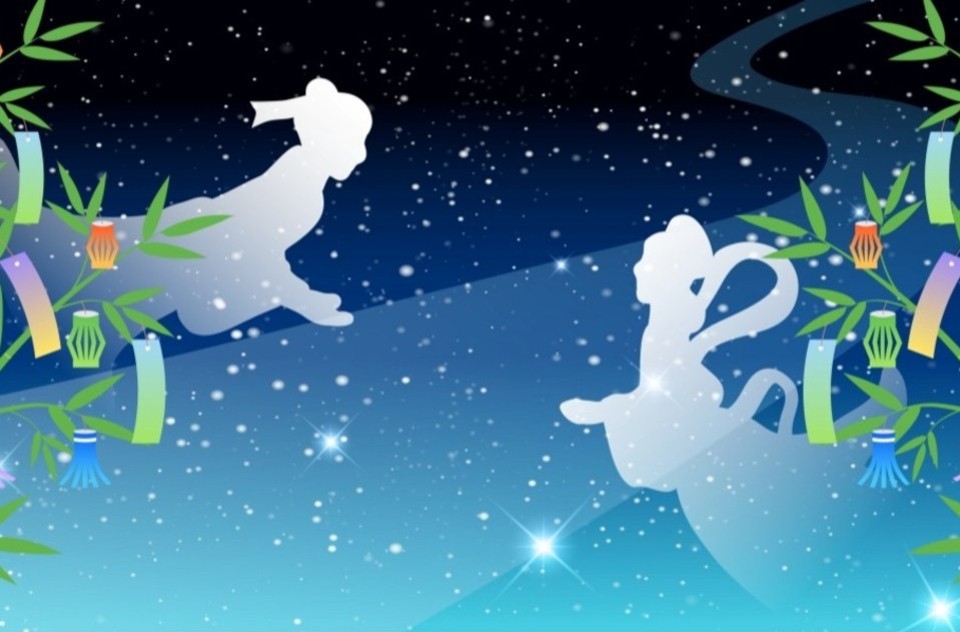
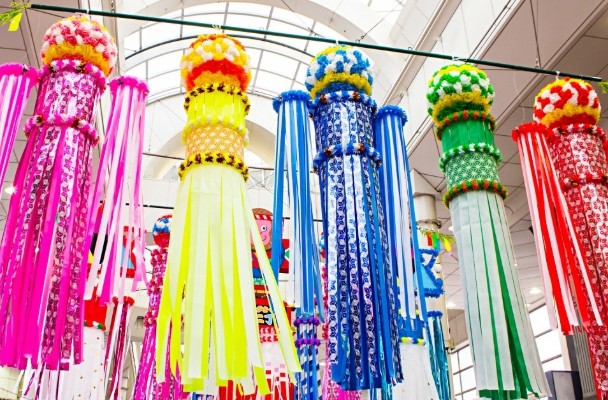
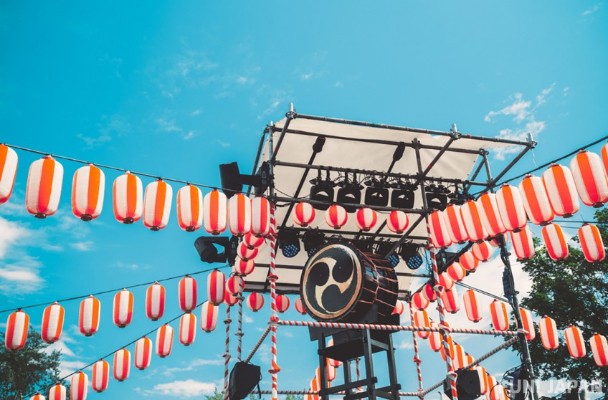

Comments